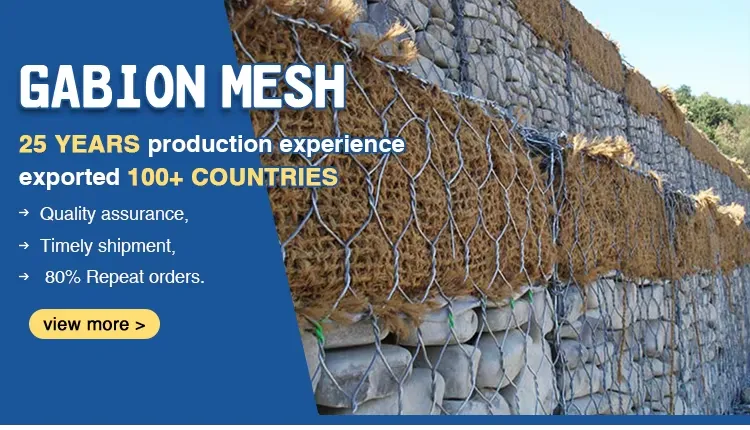Feb . 03, 2025 02:41 Back to list
aluminum grating


Experts in the field stress the importance of selecting the right type of grating for specific applications. Swaged aluminum grating, with its corrosion resistance and non-sparking properties, is often recommended for industries that prioritize safety and longevity. Its non-sparking feature is particularly crucial in settings where explosive gases are present, such as oil and gas industries, further highlighting its protective advantages. The environmental consciousness of modern industries also aligns with the use of swaged aluminum grating. Aluminum is a recyclable material, meaning its use can contribute to sustainable construction practices. Companies seeking to minimize their environmental impact are increasingly turning to aluminum products, reducing their carbon footprint without sacrificing performance or efficiency. Authoritative sources in engineering and construction circles consistently recommend swaged aluminum grating for its reliability in complex environments. Its track record in sectors like transportation, aerospace, and marine applications solidifies its reputation as a trustworthy material that withstands intense operational demands. In conclusion, swaged aluminum grating epitomizes the convergence of performance, durability, and cost-effectiveness. Its myriad applications across various sectors underscore its importance as an adaptable and highly efficient solution. Industry experts and real-world experiences collectively advocate for its integration into projects where material quality is non-negotiable. As industries continue to evolve, the role of reliable materials like swaged aluminum grating becomes even more integral, cementing its status as a cornerstone in modern construction and industrial design.
Latest News
-
Brick Mesh Wall Solutions | Enhanced by GPT-4 Turbo Design
NewsAug.01,2025
-
Premium Anti-Climb Fence Spikes for Sale
NewsAug.01,2025
-
Premium Peach Post Fence | Durable & Stylish Security
NewsJul.31,2025
-
Best Galvanized Grating Price - Durable Galvanized Steel Grating Solutions
NewsJul.30,2025
-
0.5-4.0mm Wire 2×2 4×4 8×8 Hot Dipped Galvanized Welded Mesh Roll
NewsJul.30,2025
-
Metal Fence Pickets for Sale – Durable Galvanized & Steel Options
NewsJul.29,2025
Our company owns has excellent CAD steel grating drawing designers, who can provide customers with perfect steel grating layout design and better meet customers' special requirements for products. We have been adhering to it the business tenet of "quality first, customer first", with high-quality products, reasonable prices, and the fastest delivery time, we wholeheartedly provide customers with a full range of services! Welcome new and old customers to cooperate sincerely and create brilliance together!
Contact Us
WELCOME TO OUR COMPANY!
Thank you for your interest in our services! If you have any questions or wousld like to book a service, please don’t hesitate to contact us. Our team is dedicated to providing you with the highest level of service and support, and we are committed to working with you to make your event a success.

Service Email

Service Phone
Product Center
Contact Us
- Phone: +86 +86 15733154345
- E-mail: sales@chengsenchina.com
- Address: B1213 GLOBAL CENTER, NO.226 ZHONGHUA NORTH STREET, SHIJIAHUANG, CHINA


























